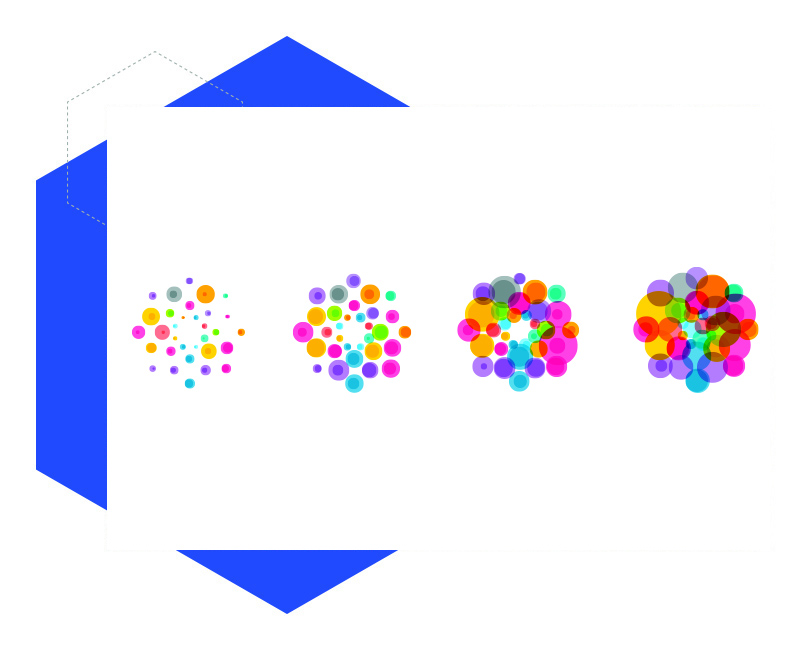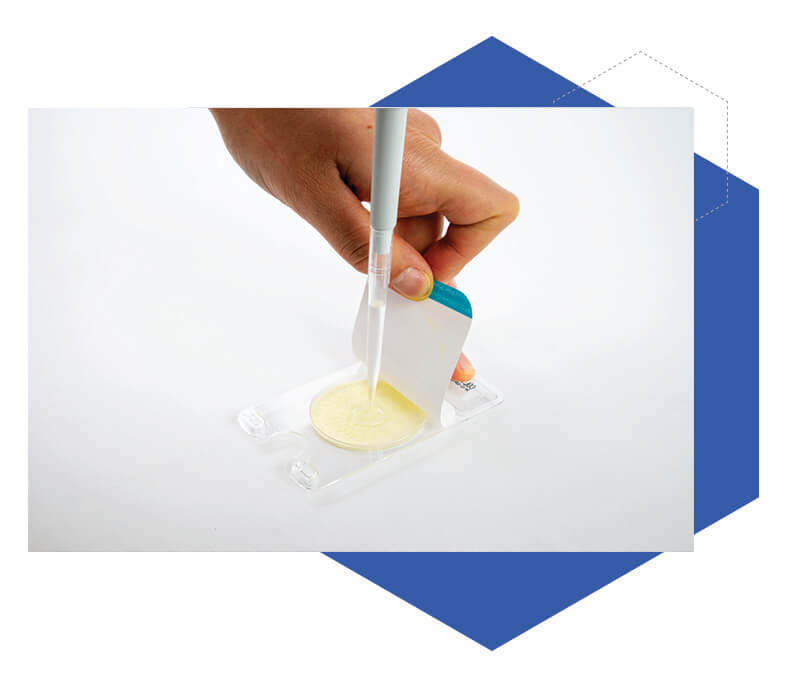Blog
How Often Do You See Random Microbial Spikes?

A random microbial spike has just occurred on your finished product. The root cause investigation shows that nothing has changed in your sanitation process, there has not been any personnel turnover, and nothing has changed in the process. In addition, the ingredients are the same. All the raw sample data came back within specification and in normal ranges, and you are baffled. Invariably, the microbial spike kicks off a barrage of finger-pointing, corrective actions, and general dismay by upper management.
As soon as it appeared, the microbial spike goes away, making verification of the actions impossible.
We have a saying, “Bacteria are like small children, they kind of do what they want.” It takes one bacterium to lodge in a crack the size of a human hair, and it can begin to divide exponentially. Under ideal conditions, many types of bacteria can double every 20 minutes. Potentially, one bacterium can multiply to more than 30,000 in five hours and more than 16 million in eight hours. If these bacteria then create a biofilm, standard sanitation chemicals may not remove it. You will need to either purchase a blow torch or start using an enzymatic biofilm busting chemical to dislodge it.

This situation leaves you with two solutions.
1.Do nothing and hope that the random spikes do not show up again. Perhaps there is a loss of a batch or lot once in a great while, or a little worse, someone may get sick. As long as the public doesn’t find out and upper management isn’t overly concerned, you can try to play the odds.
OR
2.Proactively control the process from beginning to end by understanding the three main tenants of process monitoring. These tenants are to have an Adenosine Triphosphate (ATP) monitoring program, sample aseptically at all times, and have a micro sampling and culturing program.
ATP Program
A robust ATP testing program applied after every clean-in-place (CIP) and sanitizing will verify the efficiency of your sanitation activities. Ideally, you will be using highly sensitive tools with a pass/fail indicator for quick and easy decision-making after each cleaning cycle. If you are not following up with immediate corrective actions to failures, you are simply checking a box. Checking a box will lead you to play the odds but not help control the sanitation process. Instead, swab the entire processing line from beginning to end after each sanitation cycle and act where necessary.
Sampling aseptically from the raw to finished goods and throughout the process is a no-brainer.
If you sample your product or the environment, what is the point if you cannot hang your hat on the results? Sample aseptically for indicator organisms in your raw to finished product at the beginning, middle, and end of the run. Use the zoning approach on the product contact and environmental surfaces.
Microbiological Environmental Program
An effective microbiological environmental program includes testing for pathogens and indicator organisms such as Coliforms and Enterobacteriaceae. Then, compile the results from these analyses into a format that provides an easy understanding and interpretation of trend data.
Many facilities send their microbial swabs out to be analyzed by 3rd party labs. So if you are not testing in-house, you may be taking on additional risks.
The cost of setting up a small lab to conduct sanitation and environmental microbial monitoring is minimal, and the information you receive is invaluable. With a small incubator, some pipettes, and a bag of Peel Plate Microbial Tests, you can test indicator organisms, such as Aerobic Bacteria (AC), Coliforms (CC), Enterobacteriaceae (EB), and E. coli (EC).

According to FDA, the four elements of a microbiological environmental monitoring program are:
Air Monitoring:
Microbiological air monitoring is critical since what falls out of the air can fall onto the product and food-contact surfaces. Collect weekly air-monitoring samples with air impingement total microbial counts (fungi and bacteria) having an acceptable limit of <250 colony forming units (CFU) per 15-minute exposure.
Pre-Operational:
This type of microbiological monitoring is the verification of proper cleaning and sanitizing of food-processing equipment. Total microbial counts are the typical analysis used with an acceptable limit of <100 CFU per sponge.
In-Process:
This is a common program for food-plant verification of microbial control. Use Enterobacteriaceae as the indicator of appropriate microbiological control. A specification (acceptable limit) of <100 CFU per sponge is typical, but this can be as high as <1,000 CFU per sponge. Both food contact and non-food contact surfaces are included as sampling sites.
Pathogen:
This is an essential program. Common target species for many food plants are Salmonella, Listeria, and E. coli.
The price to implement these actions is a fraction of the cost the company could lose through a product recall, lawsuit, or FDA/USDA fine.
How Charm Can Help
If you are tired of chasing random microbial spikes and want to sleep better at night, reach out and we can chat about how to improve your monitoring program.
About Charm Sciences
Established in 1978 in Greater Boston, Charm Sciences helps protect consumers, manufacturers, and global brands from a variety of issues through the development of food safety, water quality, and environmental diagnostics tests and equipment. Selling directly and through its network of distributors, Charm’s products serve the dairy, feed and grain, food and beverage, water, healthcare, environmental, and industrial markets in more than 100 countries around the globe.

